
Competition Limited resources


Competition Objectives
- List positive, negative, and neutral forms of community interactions.
- Describe competition, including examples of intraspecific and interspecific competition.
- Explain how competition is potentially costly to the participants, including ways to minimize competition.
This video shows a pair of our clownfish eating small frozen shrimp. Feeding interactions are often the easiest to see: they are dramatic and make for good video. However, there are many other interactions that can occur that are more subtle. For example, the clownfish have a relationship with that large cleaner shrimp in the background. More on that relationship later on in this guide.
There are many types of interactions between species within a community. The impacts on individual organisms can be positive (+), negative (-), or neutral (0).
Community Interactions
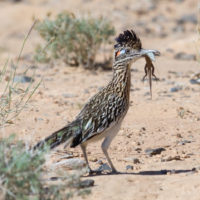
Predation (+ -)

Herbivory (+ -)
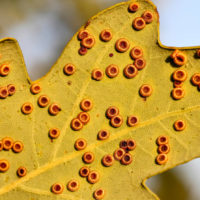
Parasitism (+ -)

Competition (- -)
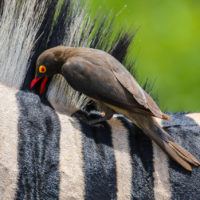
Mutualism (+ +)

Commensalism (+ 0)
On the barnacle rocks we saw earlier this term, many different interactions are occurring simultaneously: barnacles competing for space, sea stars eating clams, snails grazing n algae.
A closer view of a world of interactions.
We will go into more depth on interactions throughout this guide, starting with competition.
Competition (- -)
Competition occurs when organisms are trying to utilize the same limited resources.

Intraspecific Competition
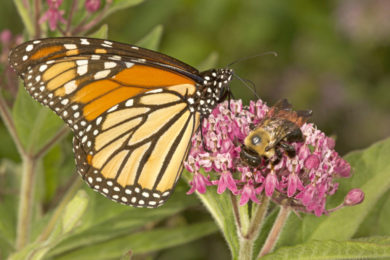
Interspecific Competition
One of the mysteries of North American mammals is why the Canada Lynx does not overlap in territory more with the similar North American Bobcat.
Competitive exclusion may be the answer; find out more in the Competition video.
Bird feeders are an ideal location for studying competition. In addition to the birds seen in the video, you can hear Canada geese and crows in the background.
This year our pair of crows had multiple offspring survive which may set up intraspecific competition. If food becomes limited, the crows will start to move in a wider area and space themselves while feeding. They will stay in visual or hearing range and condense into a small group again, if threatened.
Strategies to reduce competition are important. Why would it potentially be important to reduce competition?
Answer: competition is potentially expensive in energy, injury, or lost time on other tasks. Reducing competitive encounters in the long-term may actually improve fitness (survival and reproduction).
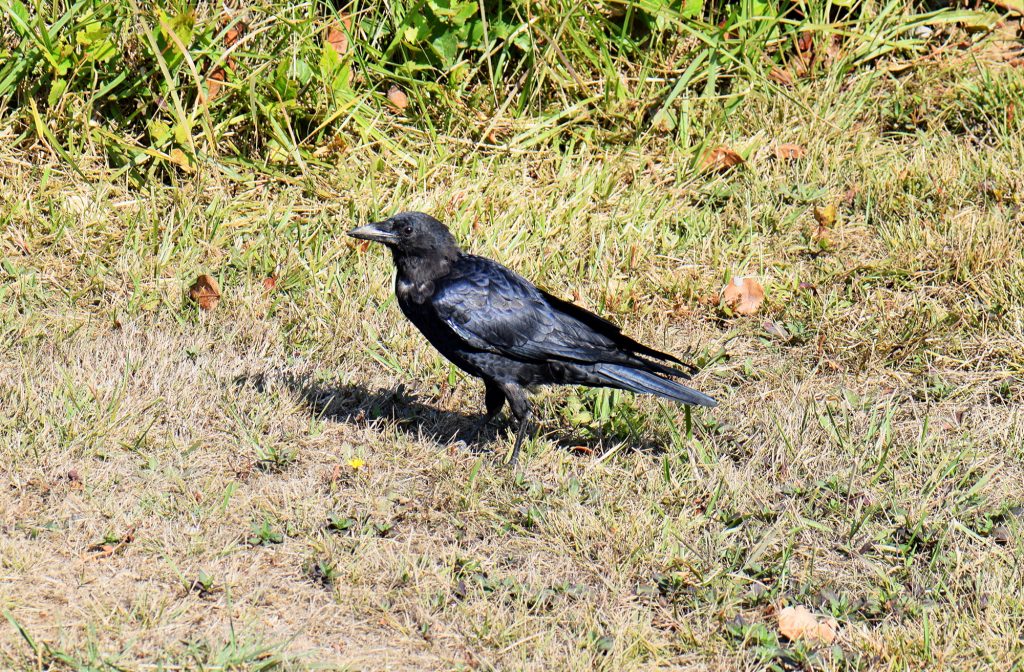
Some species are more competitive when they reach a certain minimal population size.
These Plecostomous fish are young and small, but their large number enables them to compete for algae-covered rocks.
These crickets and sowbugs are competing for the same food. Is this intraspecific or interspecfic competition?
Despite the large number of sowbugs, the cricket population is growing fast in this terrarium. Can you see why in this video?
answers: interspecific; crickets are able to keep the sowbugs back and are getting more food.
Non-native animals may enter a habitat with a competitive advantage. The absence of predators or parasites that would have controlled their numbers in their original location may be absent. They may also be a different size or have different behaviors than endemic (native) species.
These invasive Himalayan blackberries are out-competing native shrubs.
The next section examines predation and herbivory; one organism harming another.

Check your knowledge. Can you:
- list positive, negative, and neutral forms of community interactions?
- describe competition, including examples of intraspecific and interspecific competition?
- explain how competition is potentially costly to the participants, including ways to minimize competition?



